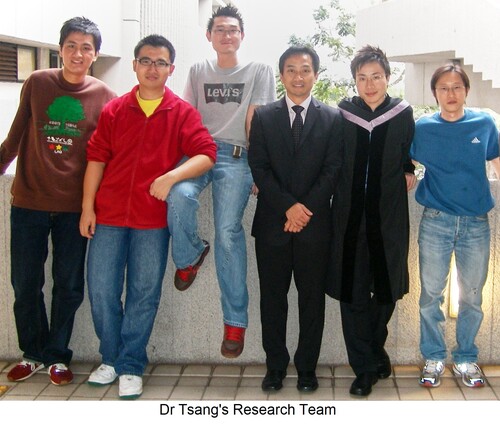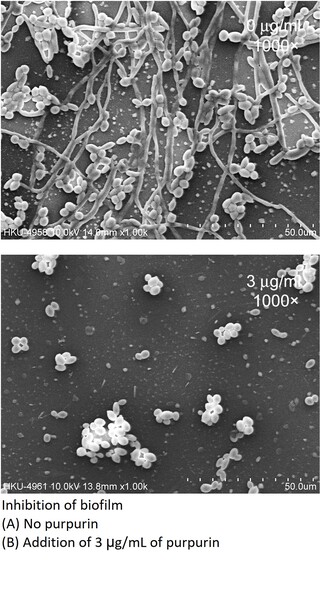Investigation of Novel Antifungal Agents
Dr Paul Tsang, School of General Education and Languages

Candidiasis is an infection caused by the fungus Candida albicans and it attacks patients with impaired immunity. Since the disease has a high death rate, it has been ranked fourth amongst hospital-acquired infections. Conventional antifungal agents are available, but they either have severe side effects or poor absorption. In addition, overuse of antifungal agents often leads to emergence of antimicrobial resistance that adversely affects the management of fungal infections in clinical settings. Thus, there is a dire need to search for novel antifungal agents.
Dr Paul Tsang and his research team have been examining substances with novel antifungal activities via various biochemical tests. They identified that purpurin, a natural red dye from madder root (Rubia tinctorum L.), was able to inhibit fungal growth. Purpurin is generally used in food coloring and cotton printing; however, it exhibits inhibitory effects on six species of Candida fungi at concentrations as low as 1.28 μg/mL (Kang, Fong, & Tsang, 2010).
The team reported encouraging results of purpurin to suppress several disease-causing factors (virulence traits) of Candida fungi, namely filamentation and biofilm formation. Filamentation refers to the transition of physical forms of some Candida fungi and is essential for biofilm development to infect humans.
The discovery of purpurin expands the repertoire of conventional antifungal interventions. One aspect of the potential uses of purpurin could be a combined application with conventional antifungal agents in cocktail therapy against pathogenic Candida fungi with a reduced likelihood of resistance. The findings of purpurin were published in four peer-reviewed international journals and the article by Tsang, Bandara, and Fong (2012) in PLOS ONE was awarded “Research Output Prize” by the University of Hong Kong.


